Loose diamonds are diamonds not set in jewelry and are sold independently. They are usually sold by weight (in carats) and are evaluated based on the 4 Cs: Cut, Carat weight, Color, and Clarity. The 4 Cs determine a diamond’s quality, value, and beauty.
Loose diamonds are diamonds not set in jewelry and are sold independently. They are famous for several reasons:
- Customization: Buying a loose diamond allows customers to select their preferred diamond based on the 4 Cs (Cut, Carat weight, Color, and Clarity) and have it set into a piece of jewelry that is customized to their taste.
- Quality control: When buying a loose diamond, customers can inspect it more closely and ensure that it meets their standards for quality.
- Better value: Loose diamonds can often be purchased for less than the same diamond set in jewelry, as the cost of the setting is not included in the price.
- Investment potential: Diamonds have long been considered valuable assets and can hold their value over time. A loose diamond can be a good investment, especially for high-quality diamonds.
- Versatility: A loose diamond can be set into different types of jewelry, such as an engagement ring, pendant, or earrings, allowing customers to change the look of their diamond as their style evolves.
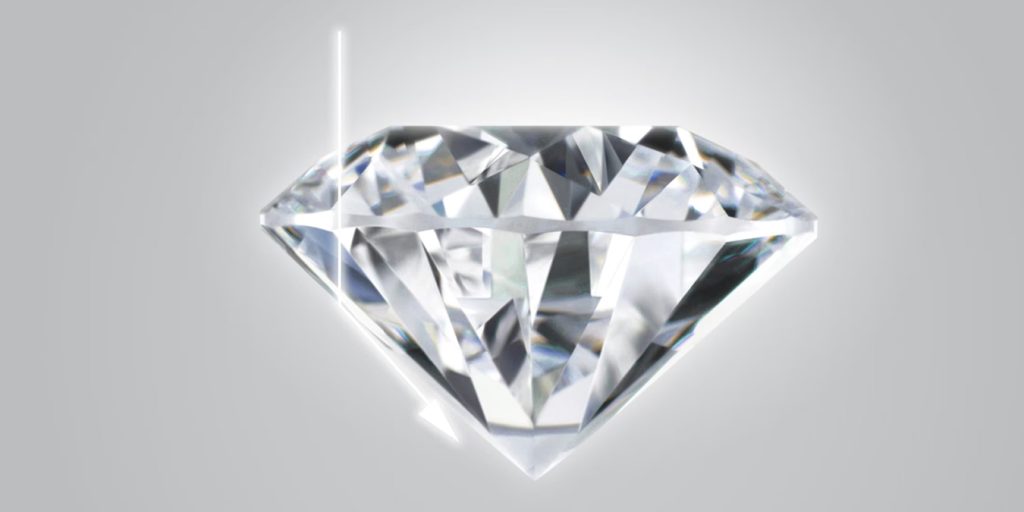
Why are Loose Diamonds Popular?
When purchasing loose diamonds, it’s important to consider the following factors to ensure you get the best quality diamond for your budget:
- Cut: A well-cut diamond will reflect light better, giving it more sparkle and fire. Choose a diamond with a good cut grade, such as “Excellent” or “Very Good.”
- Carat weight: Carat weight is a measure of a diamond’s size and is the most straightforward factor affecting a diamond’s price. Remember that a higher carat weight doesn’t always mean a better diamond.
- Color: Diamonds come in various colors, from completely colorless to light yellow or brown. The more colorless a diamond, the rarer and more valuable it is. A diamond’s color is graded on a scale from D (colorless) to Z (light yellow or brown).
- Clarity: A diamond’s clarity refers to the presence of inclusions (internal flaws) and blemishes (external flaws) and is graded on a scale from Flawless (no inclusions or blemishes visible under 10x magnification) to Included (inclusions and blemishes visible to the naked eye).
- Certification: Make sure the diamond you purchase is certified by a reputable organization, such as the Gemological Institute of America (GIA) or the International Gemological Institute (IGI). A certificate provides information about the diamond’s 4 Cs (Cut, Carat weight, Color, and Clarity) and a description of any inclusions or blemishes.
- Price: Loose diamonds can vary widely, so it’s important to compare prices from different sources to ensure you’re getting the best value for your budget.
Ethical considerations: Consider your diamond purchase’s ethical and environmental impact. Look for diamonds from sources that are committed to responsible and sustainable practices. Considering these factors, you can find the right loose diamond.
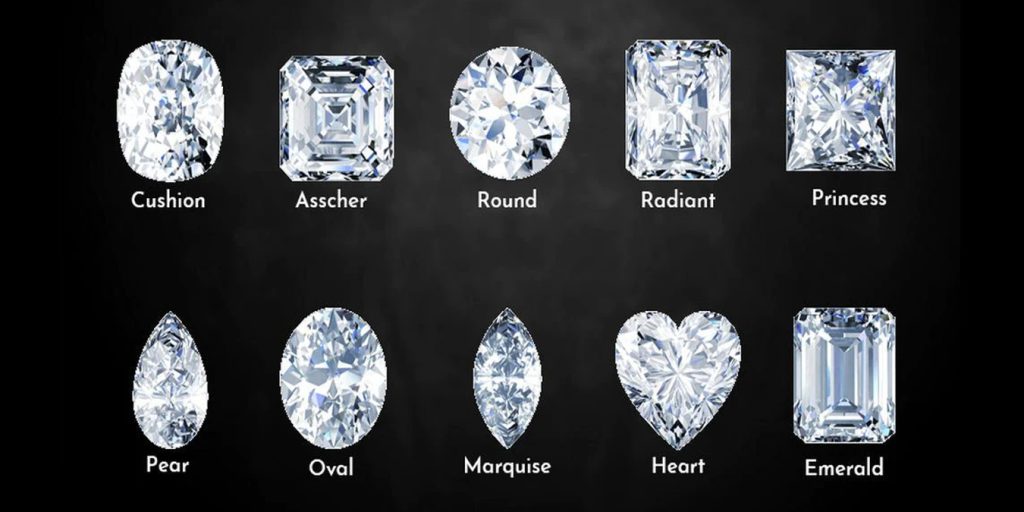
Can we wear loose diamonds at the wedding?
Yes, loose diamonds can be worn at weddings. Many brides wear loose diamonds in their engagement rings or other wedding jewelry. A loose diamond can be set into a ring, pendant, earrings, or another piece of jewelry to create a custom, one-of-a-kind look.
When wearing loose diamonds at a wedding, it is important to ensure that the diamonds are securely set in the jewelry to prevent them from falling out or getting lost. It is also a good idea to appraise the jewelry to determine its value and ensure that it is adequately insured.
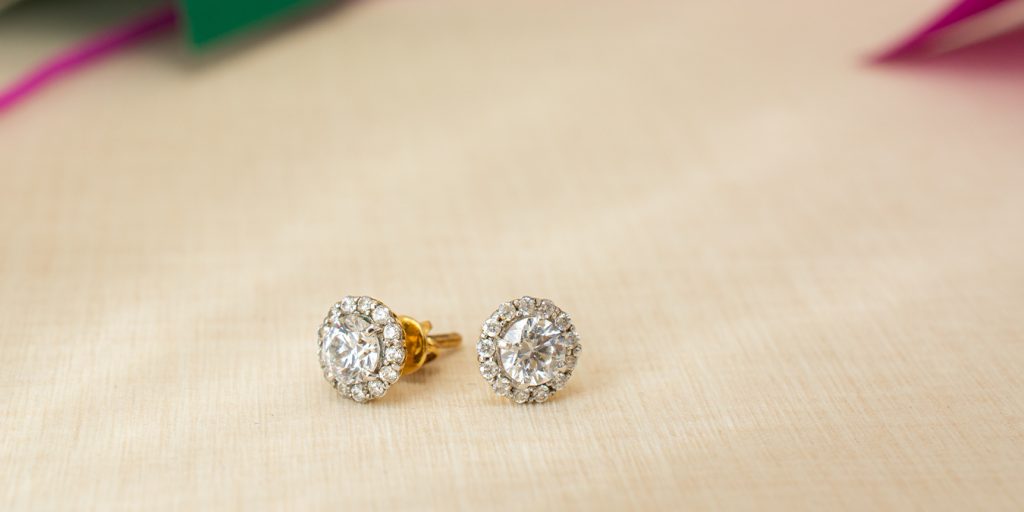
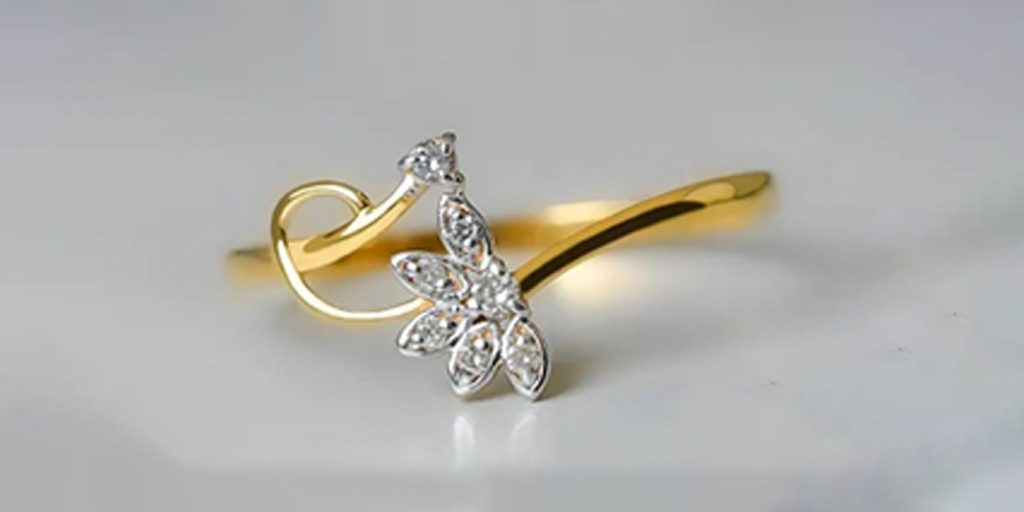
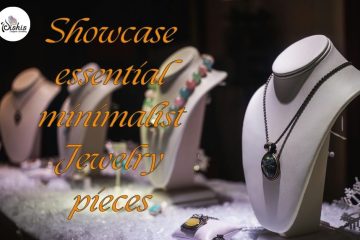
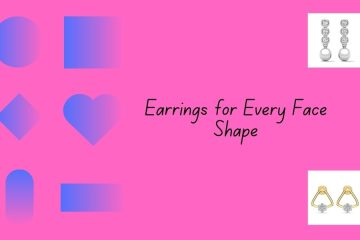
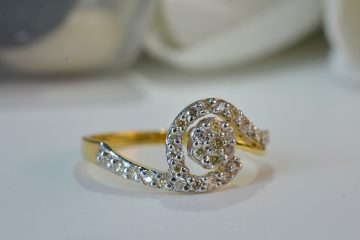
0 Comments